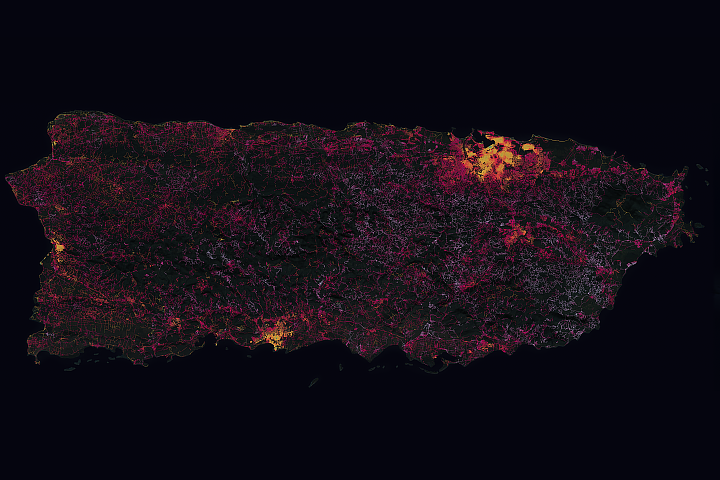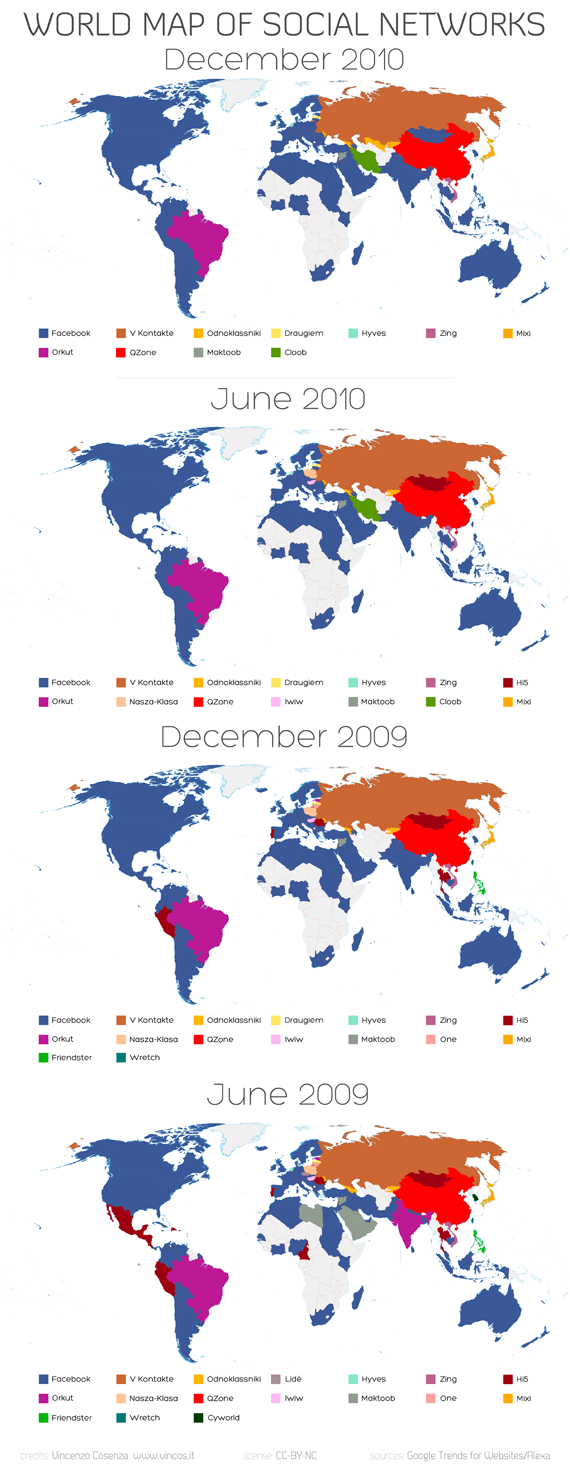Imagine esta notícia:
Os maiores projetos de cortes de emissões de gases-estufa preconizados pelo Protocolo de Kyoto têm contribuído para o agravamento do Buraco na Camada de Ozônio... Com isto cria-se um moto contínuo, pois países poluidores ao focalizar o combate a um tipo de gás desconsiderariam outros. Com isto aumentariam, indiretamente, suas emissões para solicitar mais créditos de carbono, o que lhes traria igualmente uma fonte de renda extra... Chamado de Mecanismo de Desenvolvimento Limpo (MDL), só no ano passado significou USD 5 bilhões... Tais gases cortados, como os HCFHs são mais potentes em termos relativos do que o gás carbônico, mas receber recursos para substituição dos primeiros é mais lucrativo. Como o segundo tipo é que é mais comum, a poluição continua simultânea ao recebimento de créditos. Daí se continua poluindo com o que é mais frequentemente utilizado, mas cortando aquele que, em termos absolutos, polui menos e dá mais crédito.
Este negócio com o dedo da ONU é uma sem-vergonhice só.
a.h
 Chinese commuters make their way in heavy smog in Beijing, December 14, 2004. The biggest emissions-cutting projects under the Kyoto Protocol on global warming have directly contributed to an increase in the production of gases that destroy the ozone layer, a senior U.N. official says.
Chinese commuters make their way in heavy smog in Beijing, December 14, 2004. The biggest emissions-cutting projects under the Kyoto Protocol on global warming have directly contributed to an increase in the production of gases that destroy the ozone layer, a senior U.N. official says.REUTERS/Reinhard Krause/Files
By Gerard Wynn
LONDON (Reuters) - The biggest emissions-cutting projects under the Kyoto Protocol on global warming have directly contributed to an increase in the production of gases that destroy the ozone layer, a senior U.N. official says.
In addition, evidence suggests that the same projects, in developing countries, have deliberately raised their emissions of greenhouse gases only to destroy these and therefore claim more carbon credits, said Stanford University's Michael Wara.
Kyoto is meant to curb emissions of the greenhouse gases blamed for global warming, but is undermining a separate pact called the Montreal Protocol, meant to phase out gases which harm the earth's ozone layer.
That layer in the atmosphere shields the planet from damaging ultra-violet rays that can cause skin cancer.
At the heart of the clash is a carbon trading scheme under Kyoto, worth $5 billion last year, whereby rich countries pay poorer ones to cut greenhouse gas emissions on their behalf, called the clean development mechanism (CDM).
The most popular type of project has been to destroy a potent greenhouse gas known as HFC 23, one of a family of so-called hydrofluorocarbons, in China and India.
The problem is that HFC 23 is a waste product in the manufacture of a refrigerant gas which damages the ozone layer, called HCFC 22, and chemical plants have used their CDM profits to ramp up production.
"This is certainly one of the major drivers now in the increase in production of HCFC 22," Rajendra Shende, director of ozone issues at the United Nations Environment Programme, which administers the Montreal Protocol, said on Monday.
HCFC 22 now risked undoing recent repair to the ozone layer, Shende said in an interview.
Chemical plants have used CDM profits to cut the sale price of HCFC 22, pricing out alternatives that don't deplete ozone such as carbon dioxide and ammonia.
"(U.N.) bodies need to work more together, to see the actions of one don't risk the actions of another," Shende said.
Governments signed up to the Montreal Protocol will likely vote next month to accelerate the complete phase out of HCFC 22 in developing countries by 2025 or 2030 from 2040 now, he said.
LUCRATIVE
CDM projects which destroy HFC 23 are especially lucrative because the gas is 12,000 times more potent a greenhouse gas than carbon dioxide (CO2), although its overall contribution to climate change is far less because CO2 is much more common.
As a result, destroying HFC 23 spawns far more money-spinning carbon credits than any other way of curbing greenhouse gas emissions.
Carbon trading isn't the only reason why HCFC 22 production is up, said Shende. A fund raised under the Montreal Protocol has paid makers of air conditioners and fridges to use HCFC 22 instead of more dangerous ozone-depleting gases, CFCs.
In addition, increasingly affluent classes in developing countries are now better able to afford air conditioners.
HOT AIR
The environmental credentials of HFC 23 projects are further undermined by evidence that chemical plants in China have deliberately "tuned" their factories to produce more of what should be a waste product, to make more money under CDM.
Chemical plants participating in CDM make twice as much HFC 23 as a proportion of the actual end product refrigerant than those in rich countries which can't participate in the scheme, said Michael Wara, research fellow at Stanford University.
"It doubles the flow of carbon credits, but there are real questions whether it's hot air," Wara said. The carbon credits are being used as carbon offsets to allow companies to continue to produce greenhouse gases in Europe.
"They've tuned the plants to double the amount of HFC 23 you would normally produce, for example in Europe or the United States. All CDM participant plants came in at 3 percent (HFC 23 versus HCFC 22), the Kyoto Protocol maximum, versus 1.5 percent in countries that can't participate in the scheme."
© Reuters 2007. All rights reserved.
More Environment
Smog smothers Japan, experts point to China
Climate fight brings mega profits to EU power firms
Sony develops sweet little bio battery
Iceland stops whale-hunting quotas after low demand
More Environment News...
Environment News Blog Posts
One third of Arctic ice cap now missing; Midwestern floods; tropical update
Dr. Jeff Masters' WunderBlog
Are scientists overestimating -- or underestimating -- climate change? Part III
Are scientists overestimating -- or underestimating -- climate change? Part III
Gristmill
Nuclear War and Climate Change
Nuclear War and Climate Change
AccuWeather.com Global Warming Center
Can Hurricane Dean "Wake" Up Fisheries? [The Intersection]
Can Hurricane Dean "Wake" Up Fisheries? [The Intersection]
ScienceBlogs : Combined Feed















1 comment:
Como eu dizia:
http://www.ambientebrasil.com.br/noticias/index.php3?action=ler&id=33188
Post a Comment